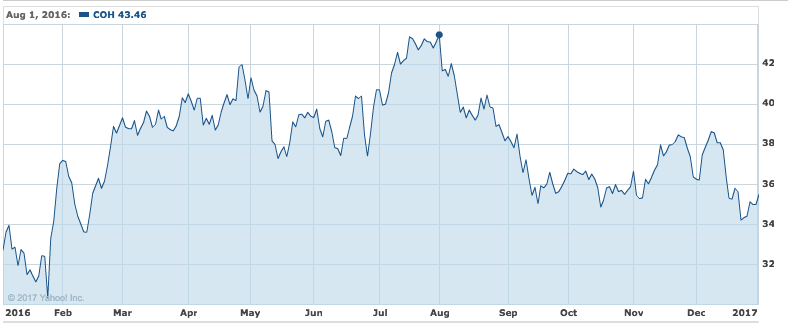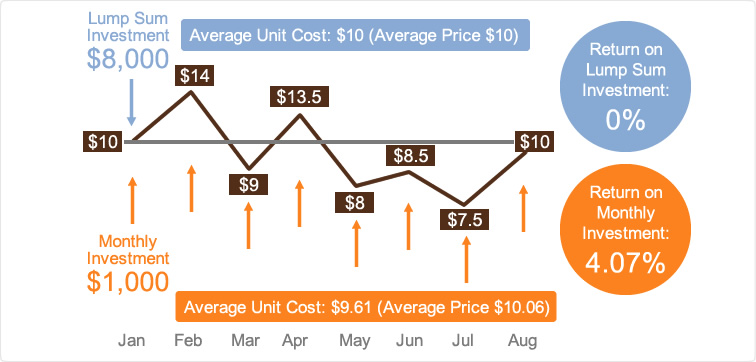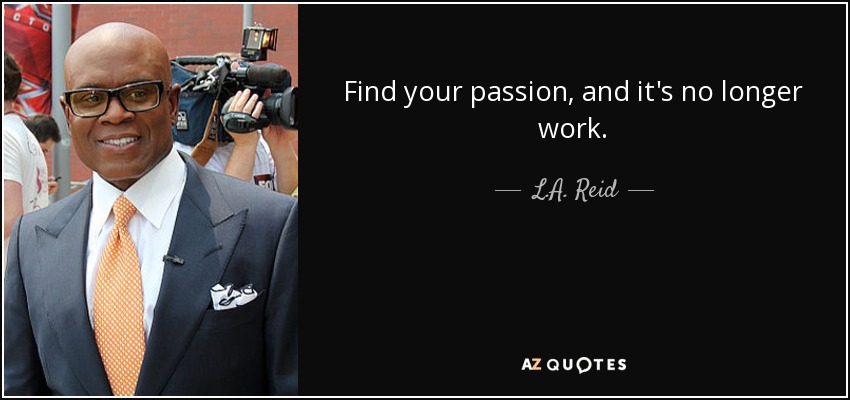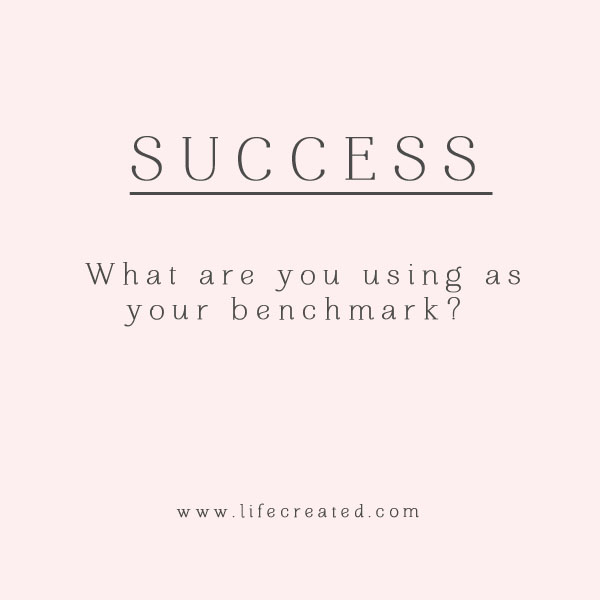171) To Believe Or Not To Believe
This is a very interesting question.
My Rule #3 says, "Don't Believe".
Don't easily believe others. Please do check and verify the information. Your internal bias make you believe someone you already believed before. In a way, that is how your brain reduces its data processing workload.
Your brain will try to reduce the data processing as much as possible. One good example is when you were attending classes. You were just sitting on the chair and hardly move the whole day. However, at the end of the day, you feel very tired. In fact you will feel more tired than after running 10km.
Now, how about believing in yourself?
Do you need to believe in yourself?
Many motivation quotes you received and motivators will say to believe in yourself.
In my postings and articles, I also write about Don't Believe.
This is a confusing, right?
It may look like a conflict initially. But, the context applies to different situations.
There are certain times you want to believe in yourself.
However, there are also many times when you don't want to believe yourself.
If what you believe will make you move forward, become better, stronger, higher and more positive, you want to Believe in yourself.
If what you believe will make you stop, make it become worse, weaker, lower and more negative, you Don't Believe in yourself.
Ask yourself, "Why Not?"
When you hear Cannot, Ask Why Not?
Many times you will stop and say "Cannot". It is the easiest and safest thing to do. You don't want to try new things and take risks. The FEAR feeling will appear. Many negative and harmful thoughts will appear.
You have been conditioned since young of the bad things that happened when you try new things. You have heard of the many failures when people try new things.
An example is by watching ghost movies. After watching ghost movies, you will start to imagine the horrors when you go into an empty old house. You believe that something is hiding behind the door or inside the cupboard.
There have been many false beliefs that had conditioned you.

There had been so many false beliefs.
A good example is that people used to believe that the earth was flat. You will fall off the earth if you travel far out the sea. In current times with space exploration and pictures of the beautiful earth, we laughed at the old beliefs.

How to overcome the fear or negative feeling?
One good way is to challenge your beliefs.
Ask yourself 4 Questions:
Why Not?
How To?
What Else?
Which One?
More about the 4 Questions in this link
http://highlevelrules.blogspot.my/2017/07/4-high-level-coaching-questions.html
In conclusion,
Don't Believe In Limitations,
Do Believe In Expansions.
A beautiful quote for you...





































